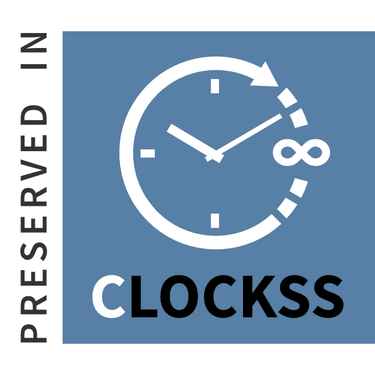Utilization of Institutional Delivery Services and its Associated Factors among Chepang Mothers
Abstract
Background: Institutional delivery services play a critical role in reducing maternal and neonatal mortality. Despite this, a significant proportion of deliveries still take place at home, especially within marginalized communities like the Chepang. This study seeks to examine the barriers that Chepang women in Chitwan, Nepal, encounter in accessing institutional delivery services.
Methods: A community-based cross-sectional study was conducted from June 20th to July 20th, 2024, involving 174 mothers who had given birth in the last two years. Data were collected via face-to-face interviews using a semi-structured questionnaire, followed by statistical analysis using SPSS.
Results: The study found that 73.6% of mothers delivered at home. Major barriers included long distances to health facilities (66.7% reported more than one hour of travel), low education levels (34.5% were illiterate), and economic factors. Analysis revealed significant associations between institutional delivery and factors such as income source, with agricultural workers having lower odds of utilizing institutional services. Additionally, literacy (OR: 2.308, p = 0.034) and complications during pregnancy (OR: 0.147, p < 0.001) were significant predictors of institutional delivery.
Conclusions: The findings indicate critical barriers to institutional delivery among Chepang mothers, highlighting the urgent need for targeted interventions to improve healthcare access. Enhancing education and addressing transportation challenges are essential for promoting safer childbirth practices and improving maternal health outcomes in this vulnerable population.
Keywords: Barriers, Chepang community, Healthcare access, Institutional delivery, Nepal
Copyright (c) 2025 Bishesh Bhatta, Alisha Chaulagain, Sagar Devkota, Manita Bartaula, Hom Prasad Adhikari, Nishchal Devkota

This work is licensed under a Creative Commons Attribution-NonCommercial 4.0 International License.
Journal of Nepal Health Research Council JNHRC allows to read, download, copy, distribute, print, search, or link to the full texts of its articles and allow readers to use them for any other lawful purpose. Copyright is retained by author. The JNHRC work is licensed under a Creative Commons Attribution-NonCommercial 4.0 International (CC BY-NC 4.0).












